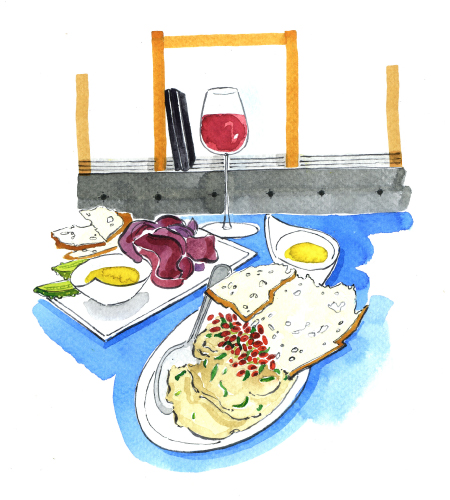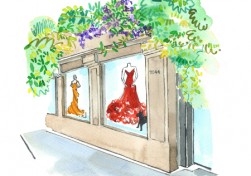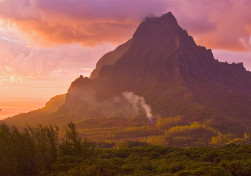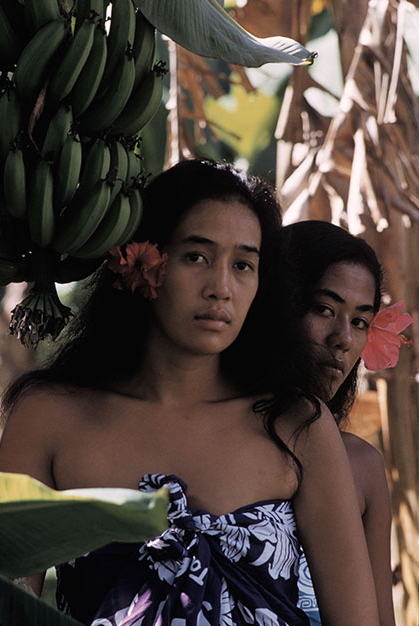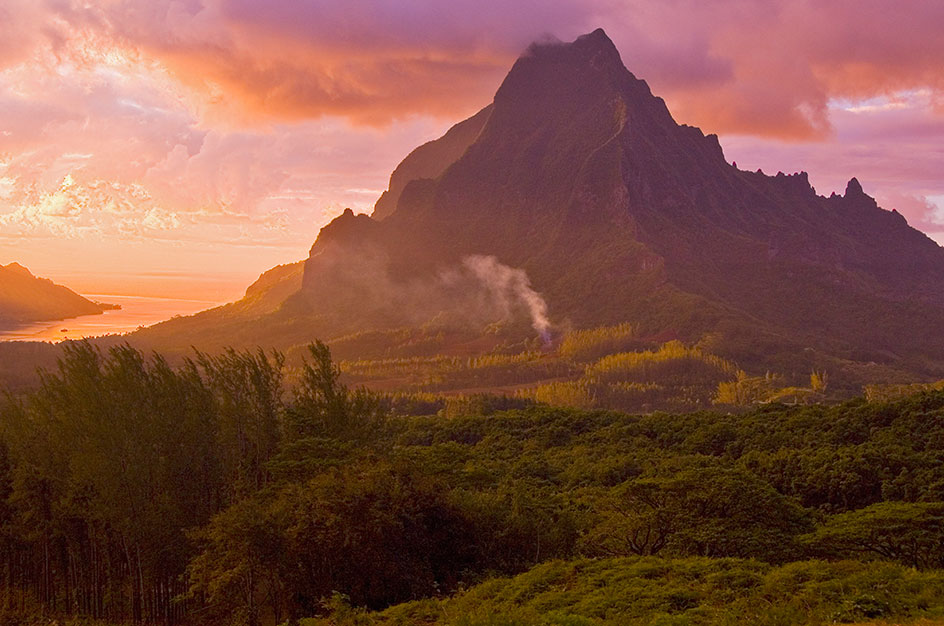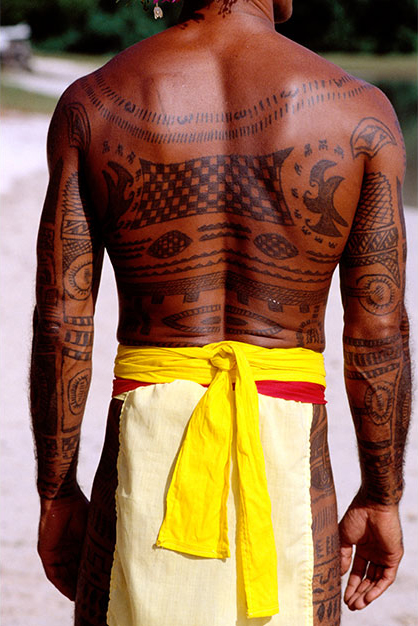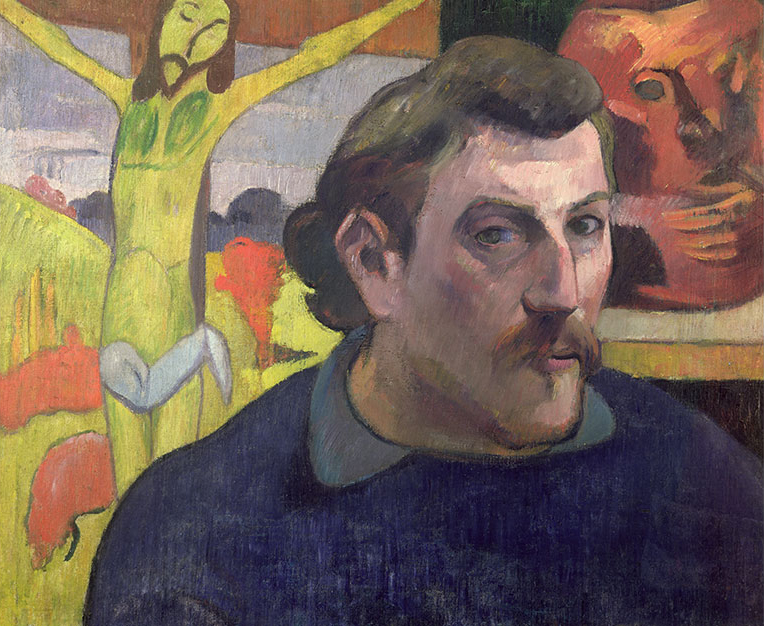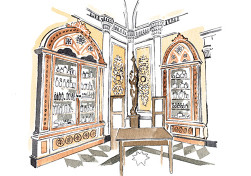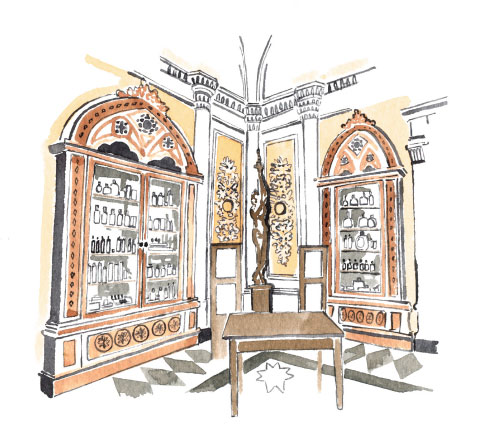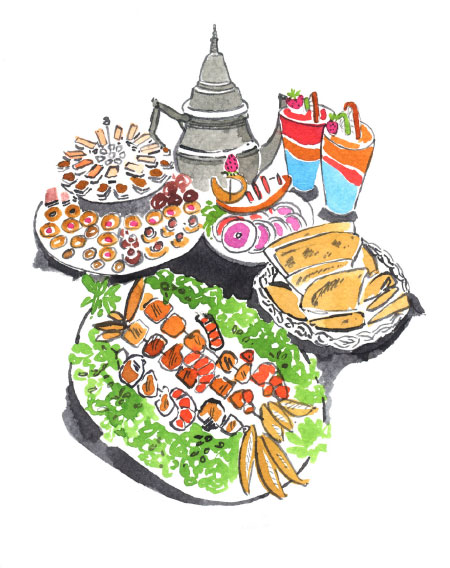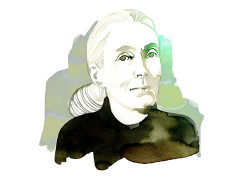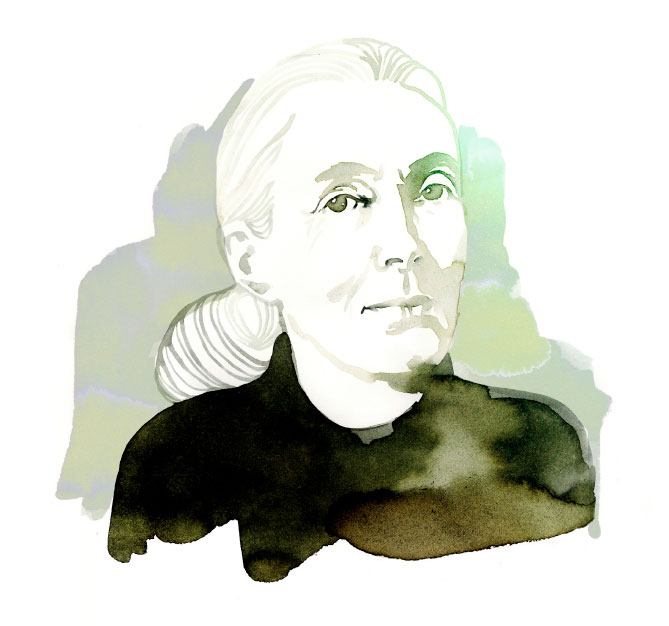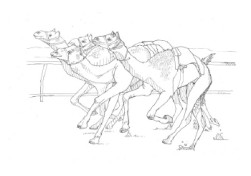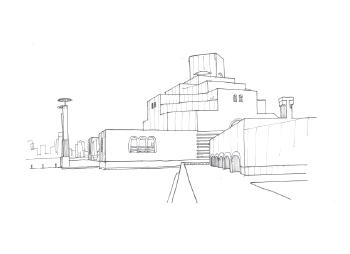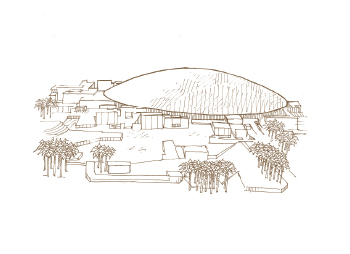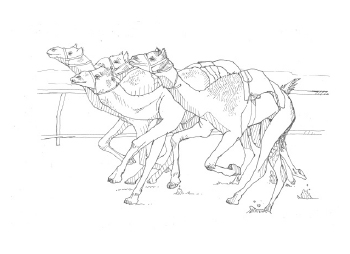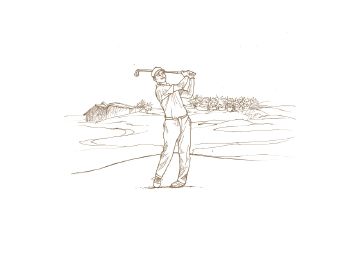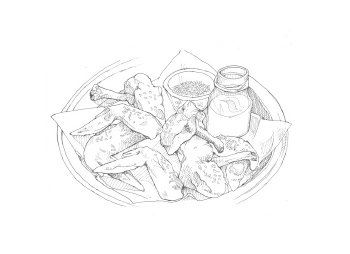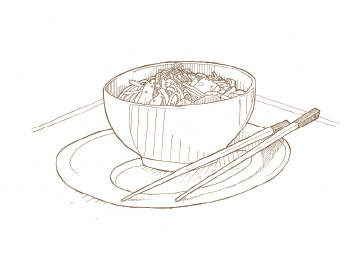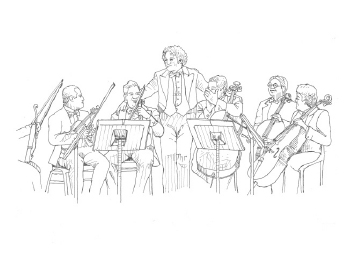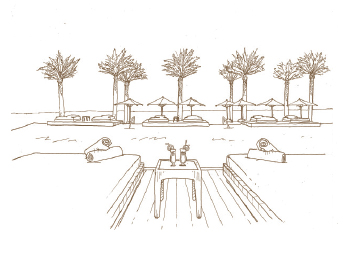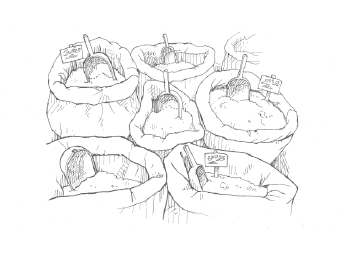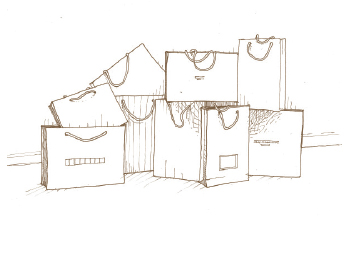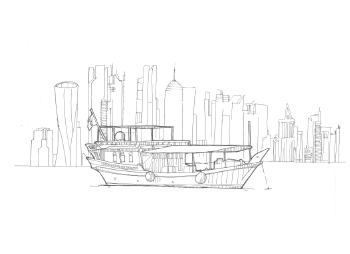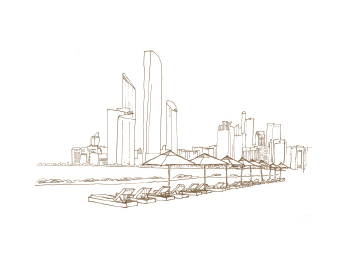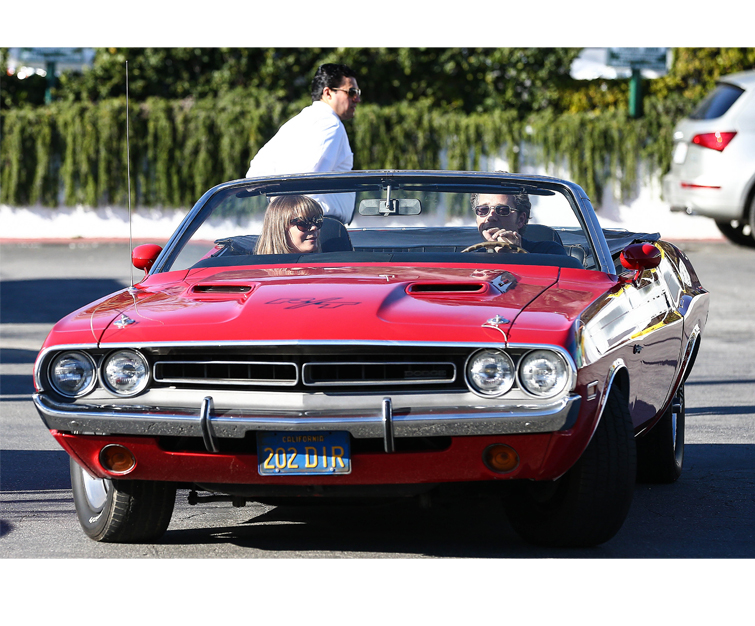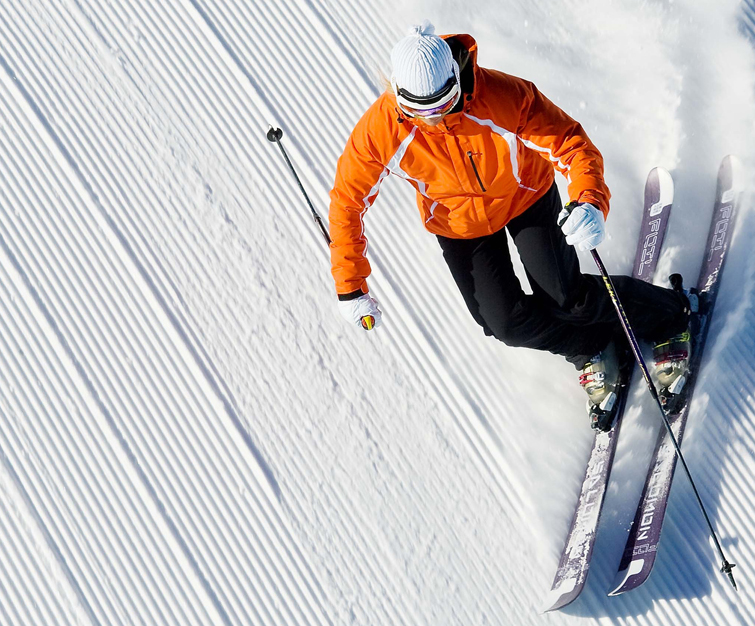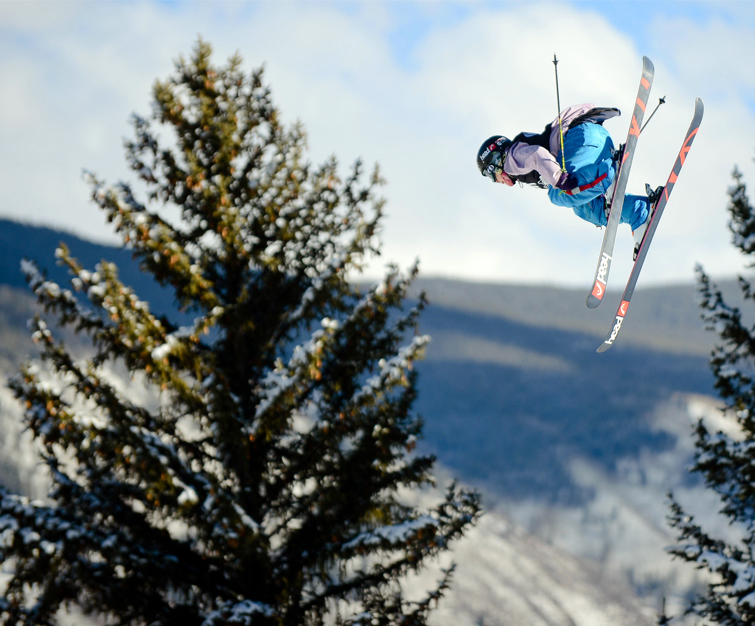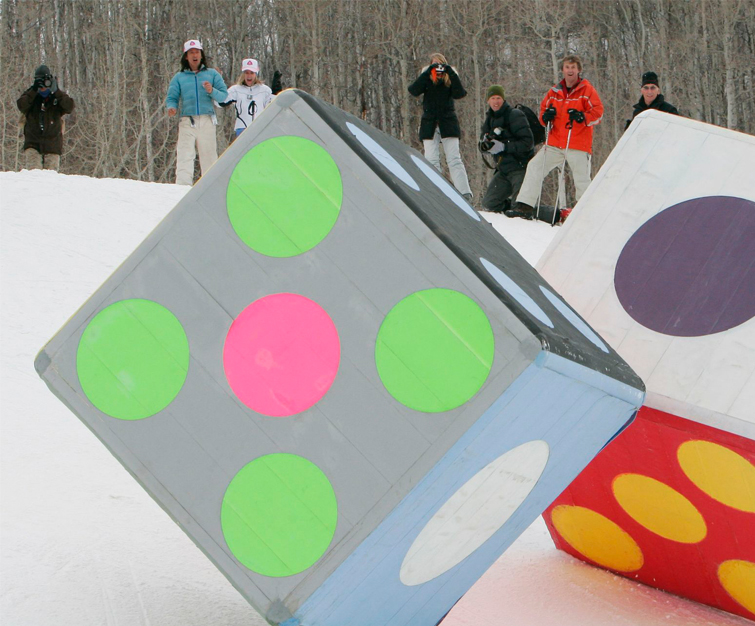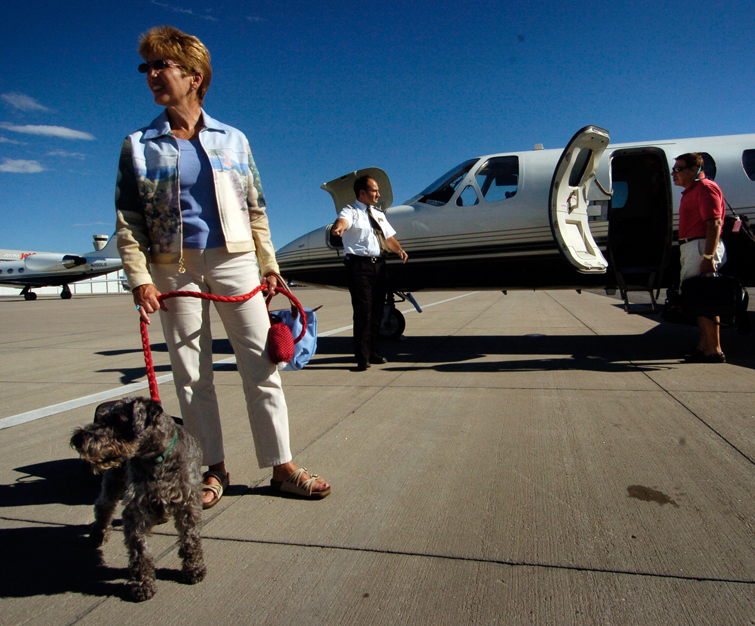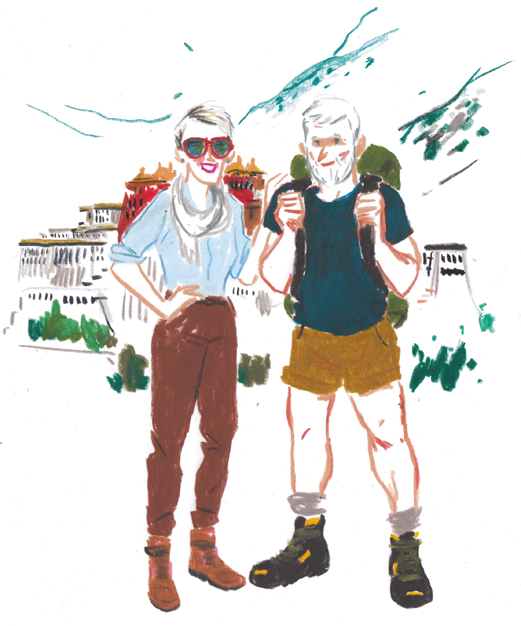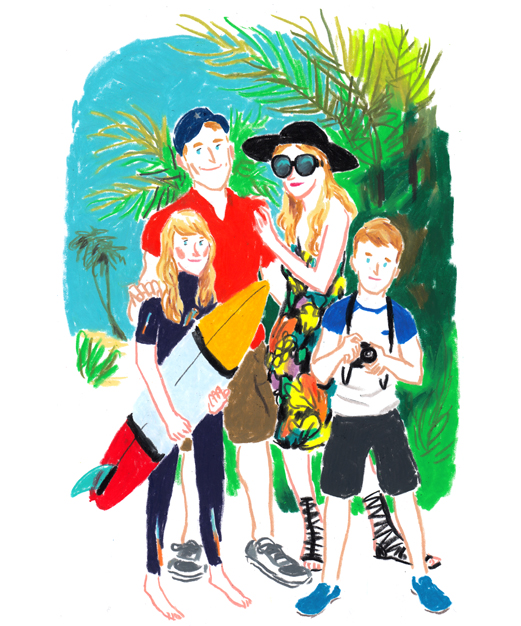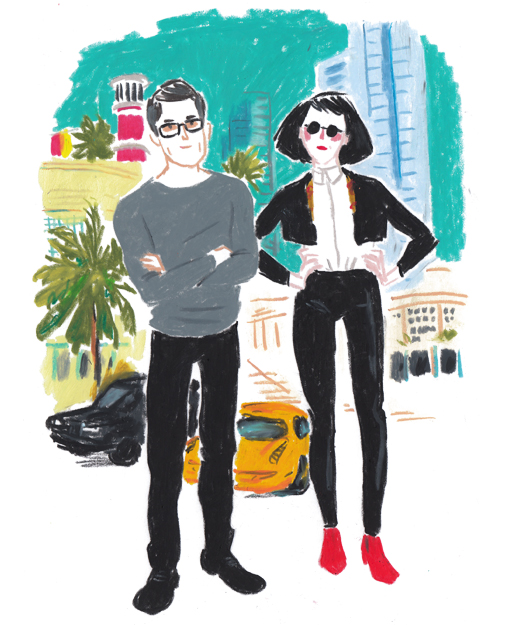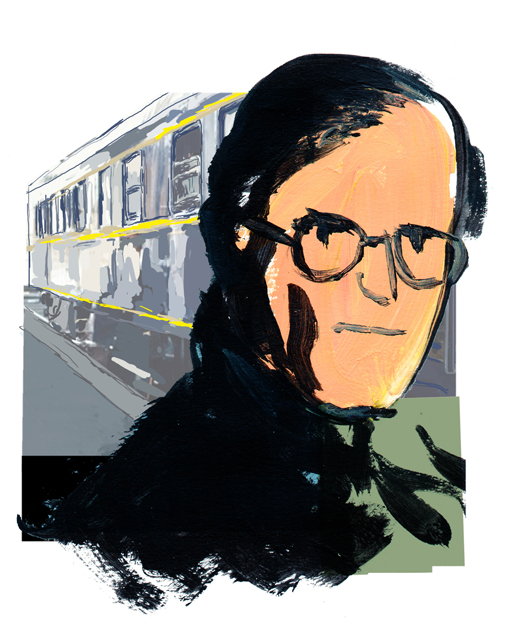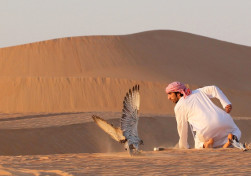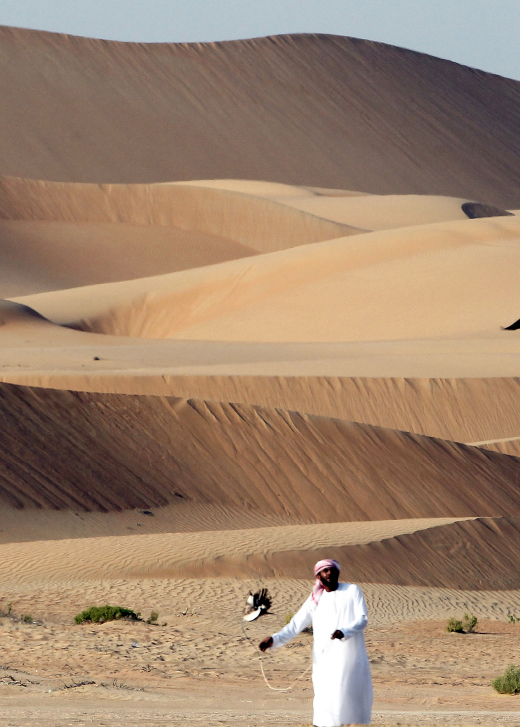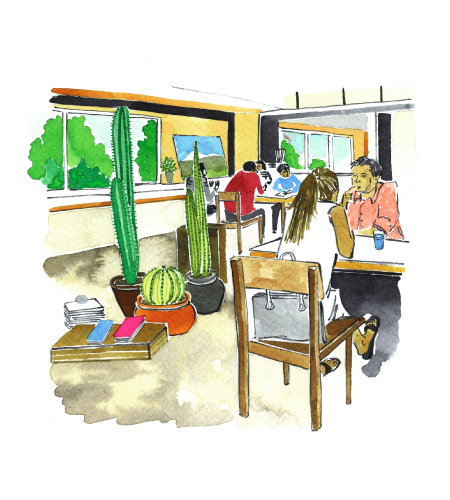
A bar for all moods in Singapore by Maria Grachvogel
Kilo Lounge, 66 Kampong Bugis, kilokitchen.com
Because I now have a shop in Singapore, I’m there quite often, and this bar is my favorite. It’s in a little backwater called Kallang, close to the river in an old storage warehouse, so it’s very much off the beaten track and not easy to find. I only discovered it because a couple of years ago a friend suggested we meet there one evening. To be honest, when the taxi dropped me off, I wondered if I had come to the right place. It was only when I heard noise coming from the minimalist warehouse ahead that I ventured in. The room has a raw, industrial look with polished concrete floors and relaxed seating that give it the feel of a homely loft. It’s also open on two sides, which allows a cooling breeze to waft through. Although they cook great Eastern food here, it’s the cocktails that my friends and I enjoy most. I usually have a spicy margarita with jalapeño-infused tequila and citrus salt, or the fresh but complex mojito, which is infused with coriander, basil and mint. As well as friendly and attentive staff, Kilo Lounge has a lovely atmosphere. In the early evening it’s very relaxed, an ideal place to meet friends for a cocktail. Later, they have amazing music, and sometimes club nights, which are great fun for people like me who love to dance. What makes it special is that it offers so many different experiences in one place, so there’s something to do whatever mood you’re in.
Your address: The St. Regis Singapore
A vintage fashion boutique in Los Angeles by Georgina Chapman
LILY et Cie, 9044 Burton Way, Beverly Hills, lilyetcie.com
Burton Way, the boulevard on which this beautiful vintage shop is situated, is the Park Avenue of Beverly Hills. The building itself dates back to 1923 and has wide windows that are known for their creative displays. Beneath 18ft-high ceilings are stunning architectural columns and wonderful Art Deco details, such as 1920s lanterns from I. Magnin. But of course it is the inventory that makes this shop remarkable. The racks are filled with important pieces from every great label and brand, all in immaculate condition. The owner, Rita Watnick, worked for Van Cleef & Arpels and Cartier as well as for prestigious fashion houses, so the store’s jewelry is equally fabulous. Watnick works alongside her husband Michael Stoyla, and the seven-strong staff have been together for a very long time. The collection of haute couture is unparalleled. They currently own one of the only two Alexander McQueen Oyster gowns (the other is at the Met in New York), the Black Swan dress worn by Nicole Kidman for the cover of Vogue in 2003, and the amazing YSL cheongsam shown in the Through the Looking Glass exhibition at the Met. But not everything in the shop is as precious; there is lots of fabulous daywear and eveningwear at very approachable prices, as well as bathing suits, sunglasses, shoes and bags. I once bought a pair of beautiful 1950s DeLillo earrings here which I wore to the Oscars. There is really no store like it anywhere.
Georgina Chapman is co-founder of the fashion label Marchesa


A marvelous museum in Doha by Edward Dolman
The Museum of Islamic Art, Waterfront, Doha, mia.org.qa
This museum isn’t really a “little place” since it’s not diminutive in any shape or form. But it is full of so many little treasures that anyone visiting Doha just has to go and visit it. The building is on an island in the bay; you get to it via a long bridge from the corniche, through an avenue of palm trees. From afar, it looks like a medieval fortress. But get up close and you recognize the genius of I. M. Pei, who has designed the building so that light and shade play constantly against its many planes, making its architecture appear timeless. The inside is equally impressive. The entrance hall is a giant domed atrium, with vast windows on all five floors that give spectacular views over the Gulf and West Bay area of Doha. Set around the atrium, in galleries of porphyry and Brazilian lacewood, are masterpieces of Islamic art from the 7th to the 19th centuries. The museum also hosts several exceptional exhibitions each year, of rare and priceless loans as well as pieces from its own treasures, of which there are many including a fabulous collection of Iznik ceramics, whose colors are so vibrant it is hard to believe that many were created more than 500 years ago. It’s not just the exhibitions that attract: the members of staff, drawn from many nationalities and cultures, are highly knowledgeable, gracious and welcoming. Plus, there’s a shop that sells high-quality replicas of some of the treasures on display, and around it a park, which is a lovely environment in which to relax. What’s really unique about this building, though, is its architecture; there is no other structure like it in the world. Just strolling up the palm-lined promenade at dusk is a wonderful experience, and being able to access its world-class collections at midnight during Ramadan is magical.
Your address: The St. Regis Doha
A modern restaurant in Istanbul by Yotam Ottolenghi
Lokanta Maya, Kemankes Caddesi 35a, Karaköy, lokantamaya.com
This little restaurant looks like a smart French bistro, but it’s actually quite a relaxed Turkish spot in the historic district of Beyoglu. This area of Istanbul is a wonderful mix of the old and the new: although it’s steeped in tradition and quite conservative in some ways, there are pockets of creativity. So, alongside meyhaneler – the little drinking houses that serve classic mezze well into the early hours – there are fashion boutiques, hotels, galleries and, in among them, this gorgeous restaurant, owned by the chef Didem Senol. Didem studied at the French Culinary Institute and spent time working in the kitchens of Eleven Madison Park and Le Cirque, both in New York, which is why her food, although Turkish, feels like it’s had a blast of New York energy. All the ingredients Turkish people love – such as stuffed vine leaves, thick yoghurt sauces, grape molasses, olive oil, slow-roasted meats – are there, but in exciting, original small dishes. She makes the type of food I really love, such as herb-packed fritters, cauliflower soup with caramelized pear, slow-cooked lamb with burnt aubergine purée, and tahini ice cream with puréed pumpkin. The decor, which is modern and light, is also great, as is the service: attentive and slick, but relaxed. So it feels chilled but confident at the same time, and modern with a hint of tradition. But then, so much of this city is like that. It’s particularly great to discover on foot, whether you’re strolling along the river or exploring the food market. It’s a city that’s full of good times.
His latest book, Nopi: The Cookbook, is published in September
Your address: The St. Regis Istanbul
